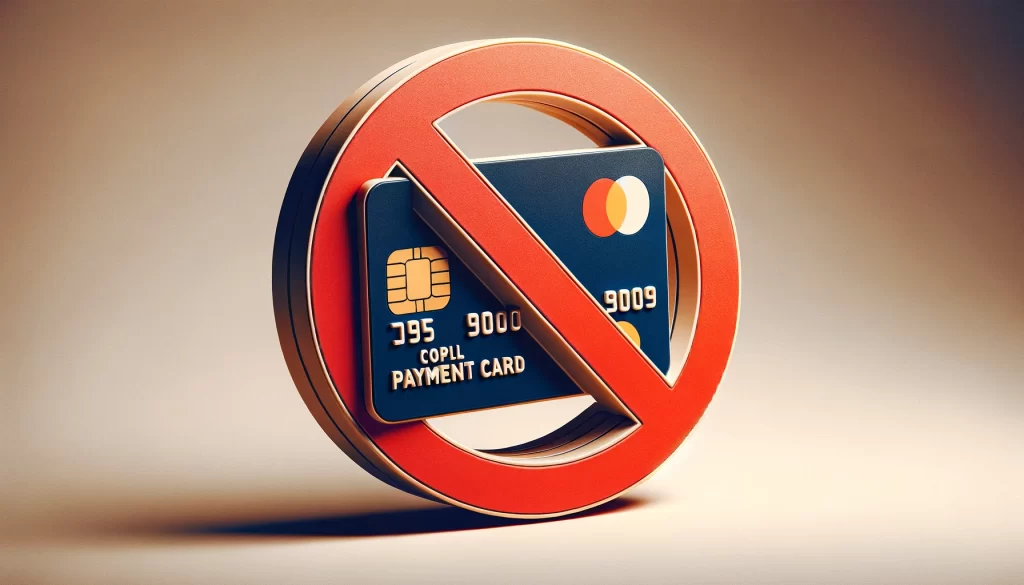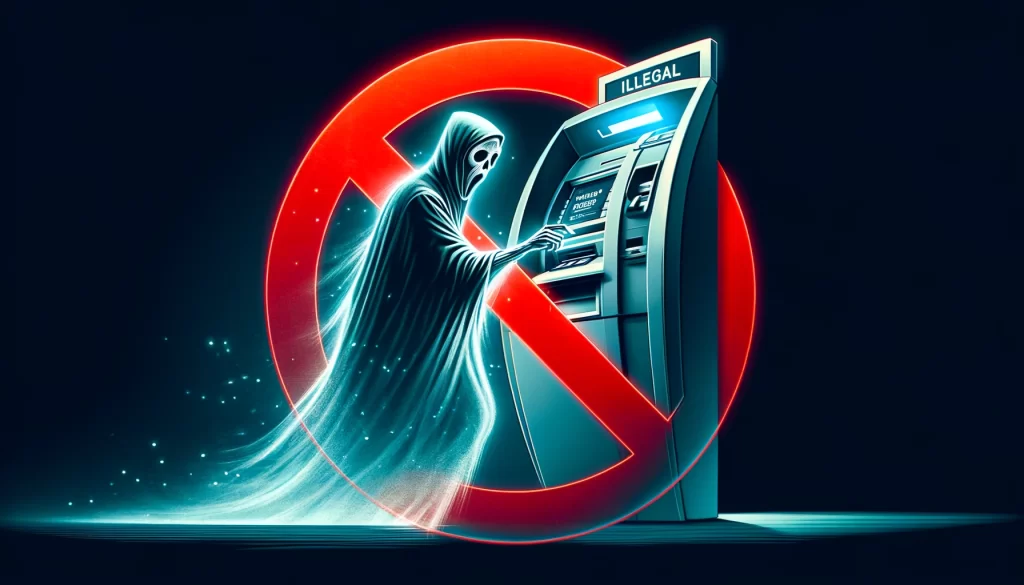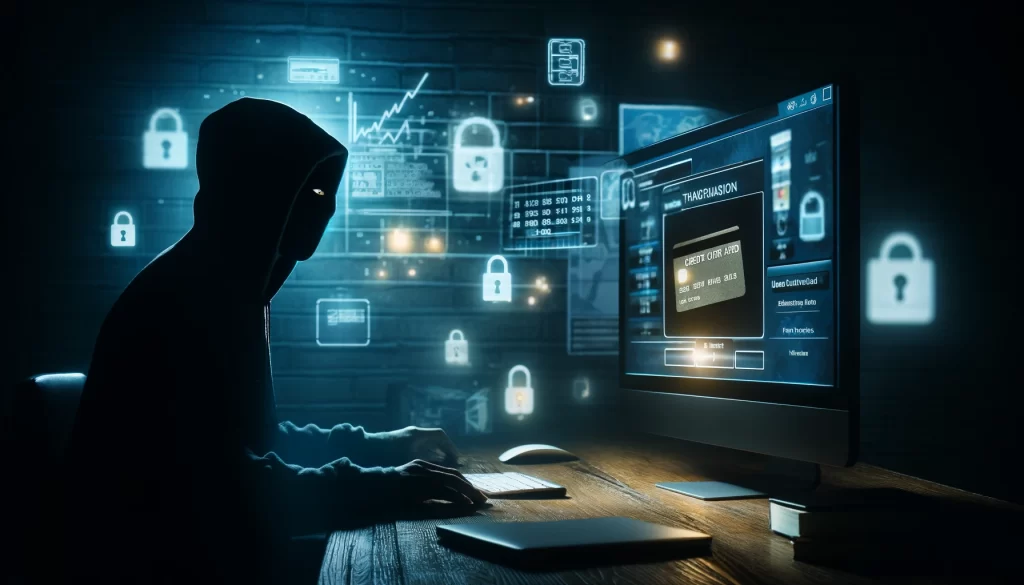Banks have been giving the same advice about security to their customers for many years. They often point out similar risks, including card fraud, and their tips on how to avoid these risks haven’t changed much.
Yet, as time progresses, both the nature of bank cards and the world around them evolve, inevitably impacting their security. Consequently, I aim to explore the contemporary risks associated with bank card theft and the potential loss of funds.
1) Copying a Plastic Card
Copying a plastic card, also known as skimming, involves the unauthorized capture of credit or debit card information by using a device attached to ATMs or point-of-sale terminals. Skimmers, which are camouflaged to blend with the machine, read the magnetic stripe of a card as it passes through the slot. The stolen data, including the card number and sometimes the pin code, is then replicated onto counterfeit cards or used for online purchases.
Preventative Measures:
- Regularly inspect card slots on ATMs and sales terminals for any unusual attachments or tampering.
- Use ATMs located in well-monitored or secure areas.
- Monitor bank statements frequently to catch any unauthorized transactions early.

2) Phantom Payments at ATMs
Phantom payments at ATMs are fraudulent withdrawals made without the knowledge of the cardholder. Criminals employ methods like installing overlay devices on ATM keypads or card slots to capture user PINs and card data. Additionally, hidden cameras may be positioned to record entry of the PIN. The combination of data from the card and the PIN allows fraudsters to create duplicate cards or access the victim’s accounts directly.
Security Tips:
- Cover the keypad while entering your PIN to shield it from hidden cameras.
- Be cautious of ATMs in secluded or less secure environments.
- Regularly change your ATM PIN and use complex combinations.

3) Unauthorized Charges Using Contactless Payments
Contactless payments are vulnerable to unauthorized charges if a criminal manages to get close enough with a card reader. This type of digital pickpocketing involves using a scanner to capture data emitted by a contactless card or device, which can then be used for fraudulent transactions. Since contactless cards communicate via radio frequency, they can be particularly susceptible when in crowded places.
Protective Actions
- Utilize RFID-blocking wallets or cases to protect cards from unauthorized scans.
- Keep contactless cards separate and secure in crowded or public areas.
- Regularly review transaction histories to identify any fraudulent activity quickly.

Theft of Funds from a Card on the Internet
The internet exposes users to potential theft of funds from their cards through phishing, malware, and insecure transactions. Cybercriminals often use deceptive emails or fake websites to trick users into providing their card details, which are then used for unauthorized transactions or identity theft.
Online Safety Practices:
- Ensure websites are secure (look for HTTPS in the URL) before entering card details.
- Avoid clicking links in unsolicited emails or messages.
- Use comprehensive security software on devices to prevent malware infections.

Loss (Theft) of Cards and Phones
The physical loss or theft of cards and smartphones can lead to unauthorized access and financial loss. Smartphones, which often store payment information and personal data, can provide thieves with quick access to financial accounts if not adequately secured.
Immediate Steps to Take if Lost or Stolen:
- Contact banks and credit card issuers immediately to block lost or stolen cards.
- Use remote wipe features available on most smartphones to erase sensitive data.
- Report the loss to local authorities and consider setting up fraud alerts with credit reporting agencies.
These comprehensive measures and tips aim to significantly mitigate the risks associated with each type of card-related threat, helping to secure personal and financial information more effectively.

